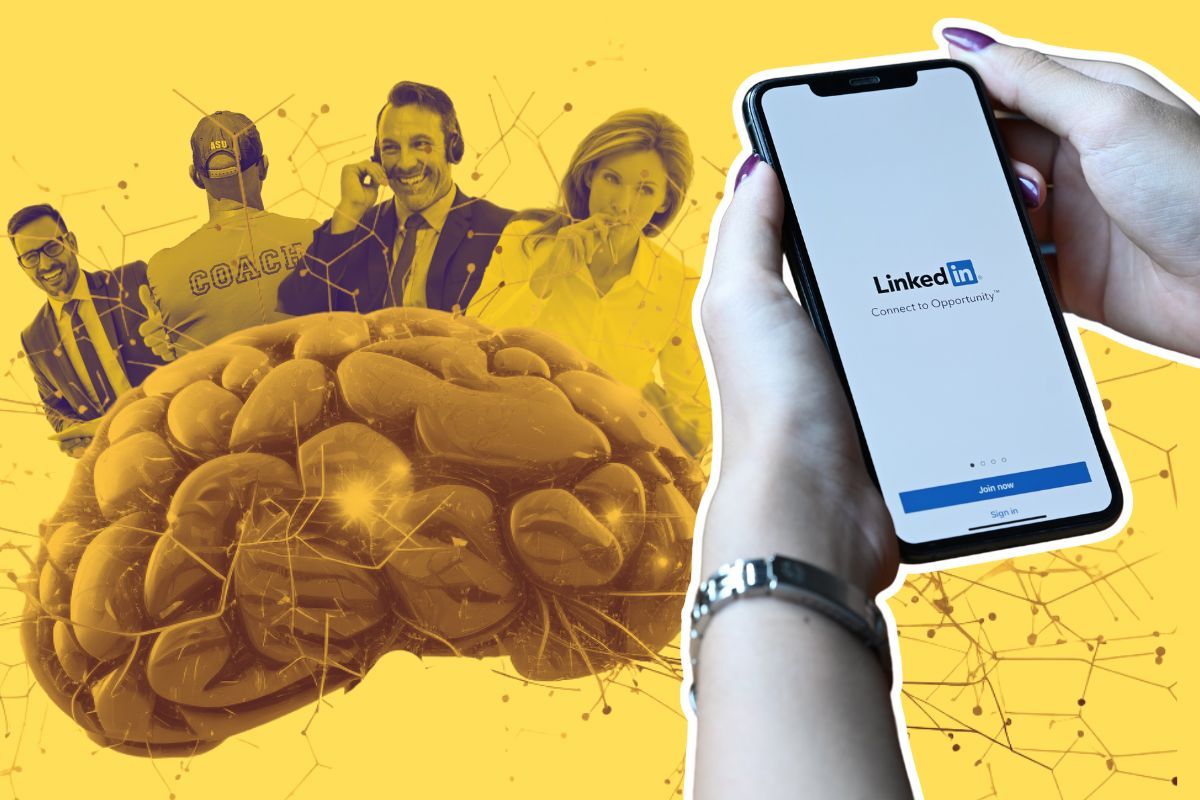LinkedIn is intensifying its focus on artificial intelligence (AI) features across its platform to remain relevant and drive user engagement. This initiative aligns with broader trends in AI, especially those fueled by its parent company, Microsoft, and OpenAI.
LinkedIn has been an active player in using AI to improve its services for years, but it's making a public push to implement new AI features across its products like job hunting, marketing, and sales. These updates are an extension of LinkedIn's ongoing efforts to evolve in the rapidly changing world of technology and work. The article gives an overview of these changes, embedding them in the context of LinkedIn's history and the larger AI landscape.
LinkedIn AI Plan
- New AI Features for Recruiting: The platform is launching a major update to its Recruiter platform. The feature aims to help recruiters create better search queries, resulting in stronger lists of candidates. It leverages generative AI to allow for more conversational language in search queries, broadening the scope of potential results.
- AI in Learning: LinkedIn is incorporating an AI-based "learning coach" in the form of a chatbot into its LinkedIn Learning platform. The chatbot will focus on soft skills and will offer both course recommendations and direct advice to users. This move comes as LinkedIn has a wide range of learning videos that span various skill sets and technical knowledge.
- AI for Marketing: The new feature called 'Accelerate' aims to help marketers manage campaigns within the LinkedIn ecosystem more efficiently. While promising, the feature does have limitations because it works only within LinkedIn, potentially affecting its broader utility given that many marketing campaigns span multiple platforms.
- AI in Sales: LinkedIn is adding AI functionality to assist in B2B sales, an area that's gaining traction on the platform. The new AI feature is a search function designed to help salespeople find and engage potential leads more effectively. This isn't new in the industry but is a notable addition to LinkedIn's suite of features.
- External Collaborations for AI: LinkedIn is utilizing technology from OpenAI and Microsoft to power many of these new features. Given Microsoft's ownership of LinkedIn and its stake in OpenAI, this collaboration comes as a strategic move to align with broader AI initiatives.
- AI’s Mainstream Preoccupation: The shift toward AI on LinkedIn reflects a larger societal focus on AI, accelerated by advances made by companies like OpenAI. LinkedIn aims to keep pace with these changes and ensure its near 1 billion users continue to find value in its platform.
- Balance Between Internal and External Tech: While LinkedIn has developed its own AI tooling in the past, it is currently leveraging technology from its parent company Microsoft and OpenAI for its new features. This points to a strategic shift in sourcing technology, although the company is open to evaluating which tech it will use in the future.
So, to be fair like almost every other major platform, LinkedIn is aggressively expanding its AI capabilities in a bid to stay relevant and useful in a job market and tech landscape that are both increasingly influenced by AI technologies.






